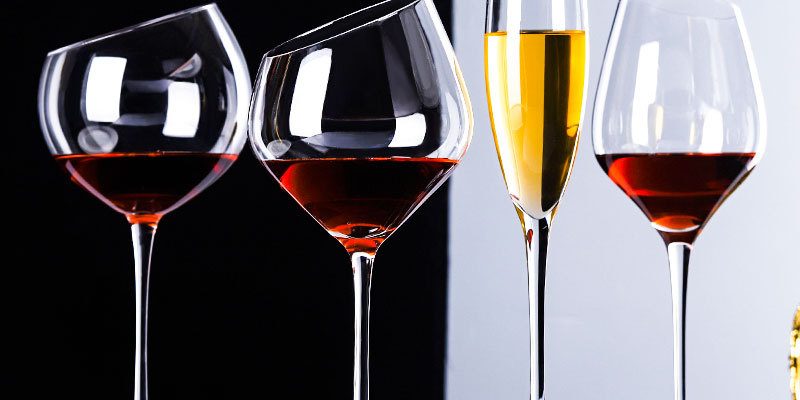The shape of a champagne glass is more than just an aesthetic choice; it plays a fundamental role in how the wine interacts with your senses. In this blog, we’ll explore the science behind champagne glass shapes and how they impact the release and perception of bubbles.
Flute Glasses: Preserving Effervescence
The tall, narrow bowl of a champagne flute is designed to preserve the wine’s effervescence. When the bubbles rise, they have a longer distance to travel before reaching the surface, which prolongs their lifespan in the glass. This design showcases the steady stream of bubbles rising from the bottom of the glass, adding to the visual appeal of champagne.
Tulip Glasses: Enhancing Aromas
Tulip-shaped champagne glasses offer a compromise between the narrowness of flutes and the openness of coupe glasses. The wider bowl at the base allows for aeration, which enhances the release of aromas. As the wine enters your mouth, the tapered top of the glass focuses the aromas toward your nose, enriching the tasting experience.
Coupe Glasses: A Vintage Charm
While coupe glasses may not be as effective at preserving bubbles, their wide, shallow bowls are reminiscent of the vintage champagne glasses used in the early 20th century. The broad surface area allows for easy access to the wine’s surface, making them suitable for those who prioritize the aesthetic and historical aspects of champagne consumption.
Glass Thickness Matters
The thickness of the glass rim also influences the perception of bubbles. Thinner rims tend to provide a smoother and more delicate drinking experience, while thicker rims can slightly alter the champagne’s taste and mouthfeel.
In summary, the science behind champagne glass shapes is intricately linked to the release and perception of bubbles and aromas. Choosing the right glass can enhance the sensory experience, allowing you to fully enjoy the magic of champagne.
















